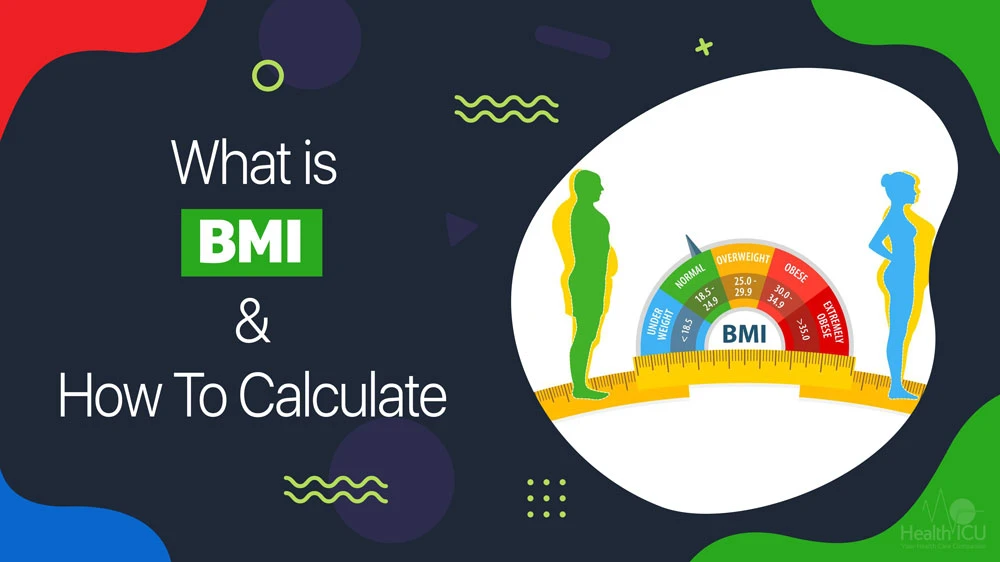Body Mass Index (BMI) is a widely used metric to give a general indication of a person’s body fat based on their weight and height. It is a simple, non-invasive, and relatively inexpensive tool to screen for potential weight-related health issues.
How to Calculate BMI
BMI is calculated using a person’s weight (in kilograms) divided by the square of their height (in meters). The formula for calculating BMI is as follows:
BMI = weight (kg) / [height (m)]²
For those using pounds and inches, the formula is:
BMI = weight (lbs) / [height (in)]² x 703
BMI Calculator
Once you have calculated your BMI, you can refer to the following classification to understand what it means:
- Underweight: BMI < 18.5
- Normal weight: BMI 18.5 – 24.9
- Overweight: BMI 25 – 29.9
- Obesity (Class 1): BMI 30 – 34.9
- Obesity (Class 2): BMI 35 – 39.9
- Obesity (Class 3): BMI ≥ 40
Conclusion
BMI is a useful tool for assessing body weight and identifying potential health risks related to obesity. However, it is essential to be aware of its limitations and consider other factors, such as body composition and individual health needs, when evaluating your overall health. By maintaining a healthy lifestyle and monitoring your weight, you can work towards achieving and maintaining a healthy BMI.


